What are the parts of a woodturning chisel? |
||||
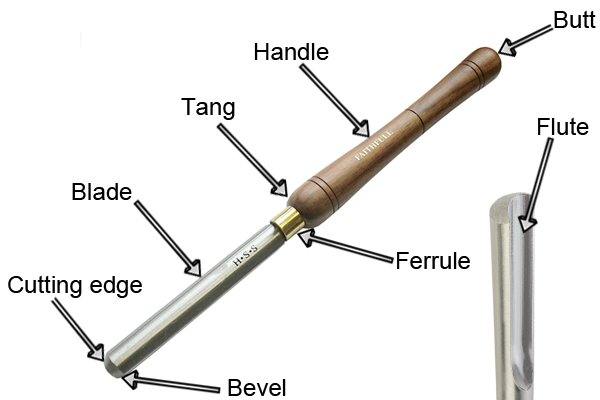 |
||||
|
The main parts of a standard woodturning chisel are the butt, handle, tang, ferrule, blade, bevel, cutting edge and flute. Read our full guide to the parts of a woodturning chisel include what the function of each section is. |
||||
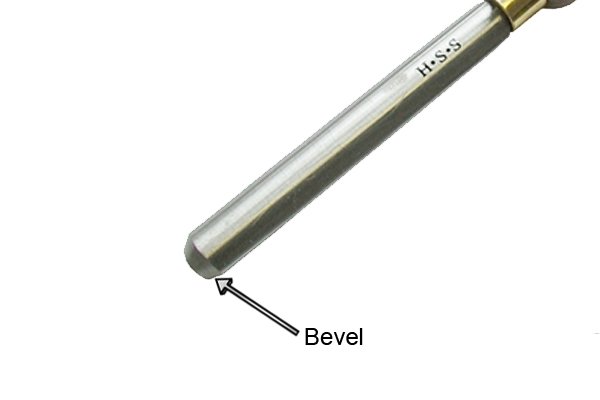 |
BevelThe bevel of a woodturning chisel is the part of the blade that is ground to create a razor sharp cutting edge. |
|||
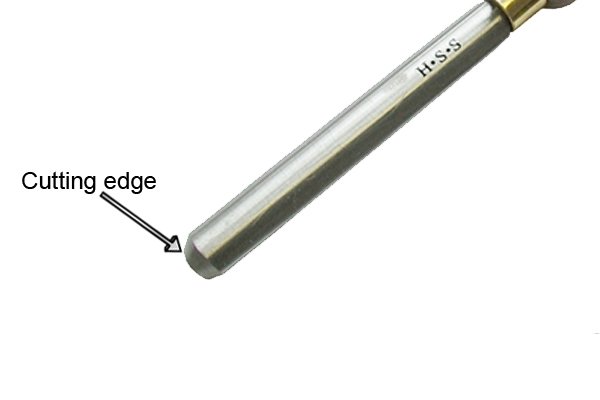 |
Cutting edgeA cutting edge is created when a bevel is ground onto the end of a chisel’s blade. |
|||
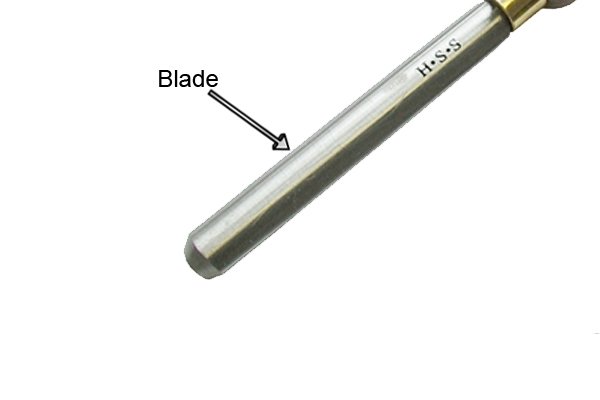 |
BladeA woodturning chisel’s blade is the steel shaft protruding from the handle. |
|||
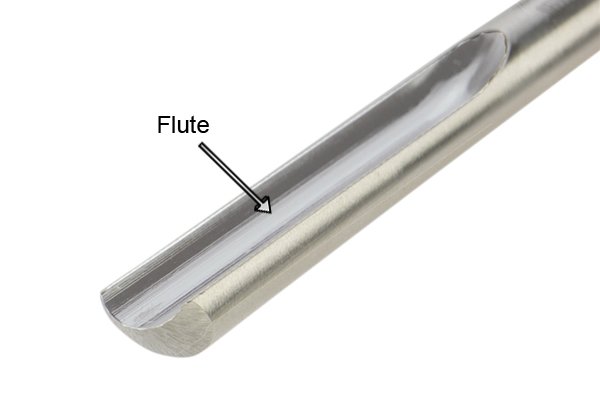 |
FluteSome woodturning chisels have a fluted blade, the flute of a blade defines the shape of the chisel’s cutting edge. The flute helps to eject the shavings from the turned workpiece. Note: only gouges haves flutes. |
|||
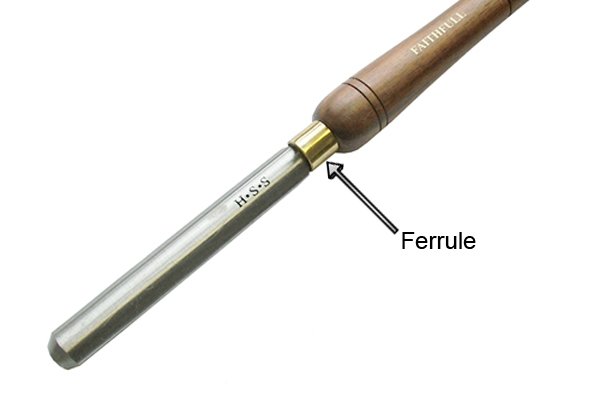 |
FerruleA woodturning chisel’s ferrule is a metal (typically brass) ring that helps to prevent the handle from splitting when the blade is inserted. |
|||
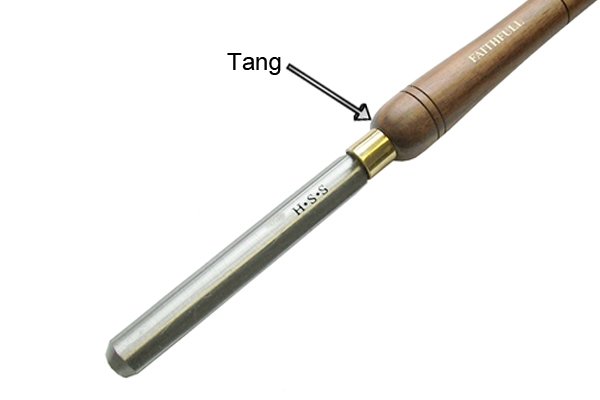 |
TangA tang is the part of the blade that is inserted inside the handle. Note: all woodturning chisels have tangs. |
|||
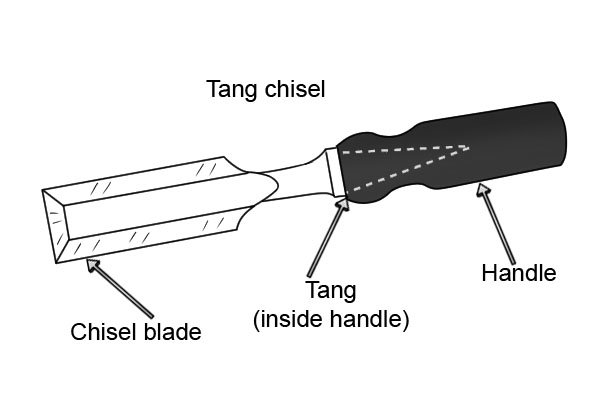 |
The tang is essentially a metal spike which is inserted into the handle to create a strong friction bond between the two parts. | |||
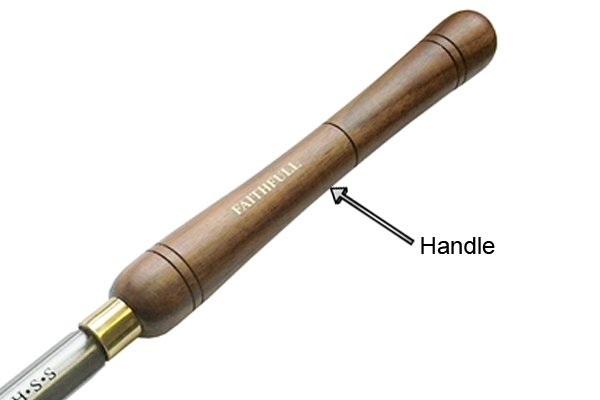 |
HandleA woodturning chisel’s handle is typically about 12-16 inches (30-40cm) long. It needs to be this long so that the user has greater control, stability, and leverage over the tool. |
|||
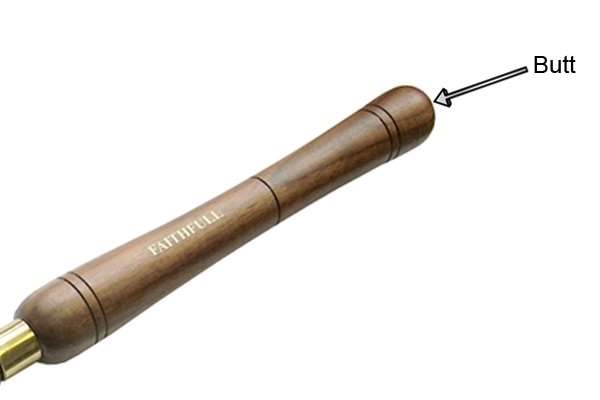 |
ButtThe butt is the name given to the end of a woodturning chisel’s handle. Note: woodturning chisels should never be struck with a mallet. |
|||
| Images on this page are used with the kind permission of Brian Clifford at www.turningtools.co.uk | ||||






